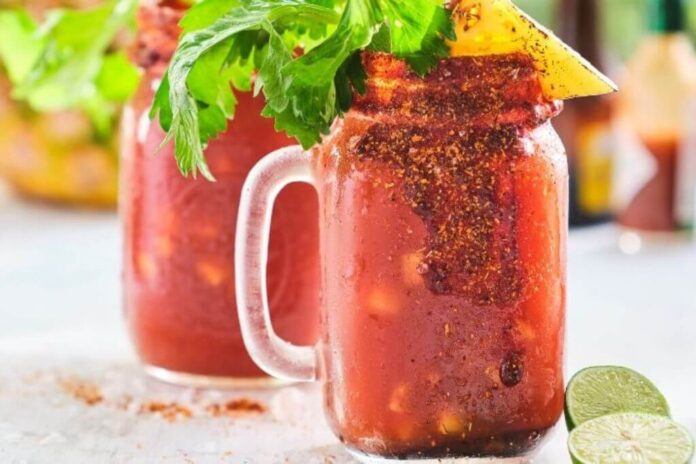Loonies, ketchup chips, poutine, and maple syrup are just a few examples of Canadian specialties. Nonetheless, certain items that are perceived as being representative of Canada’s identity aren’t really all that Canadian. Sensitive Canadians, stop reading right here. These are seven things that you likely believed to be wholly Canadian but aren’t.
1. Clamato
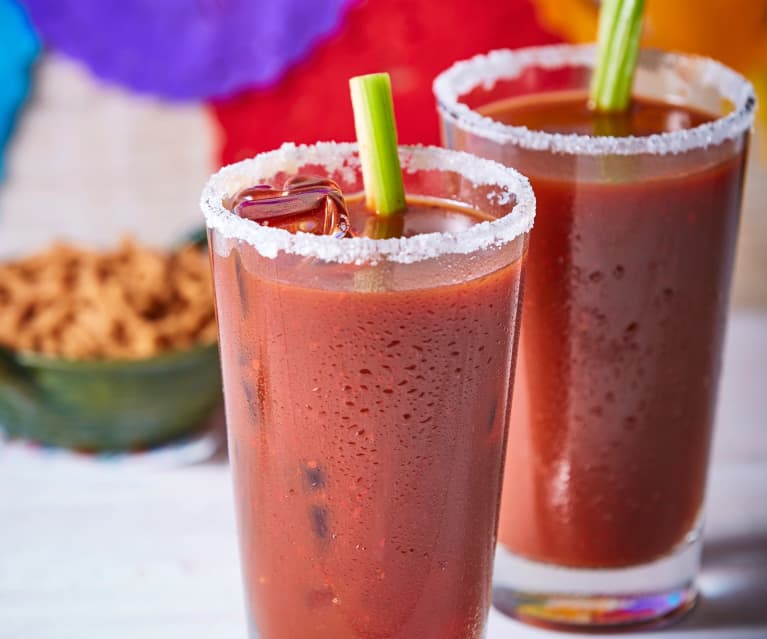
Long associated with Caesar, widely regarded as Canada’s national drink, clamato is a juice consisting of tomato and clam juice with the addition of spices and Worcestershire sauce.
Although Clamato—the cocktail’s primary ingredient—isn’t Canadian, the beverage is widely believed to have originated there.
It is believed that Mott’s Clamato, the company that created the first Clamato juice, is American, more especially from California.
So the next time you sip a Caesar, consider the fact that it isn’t entirely Canadian.
2. Zamboni
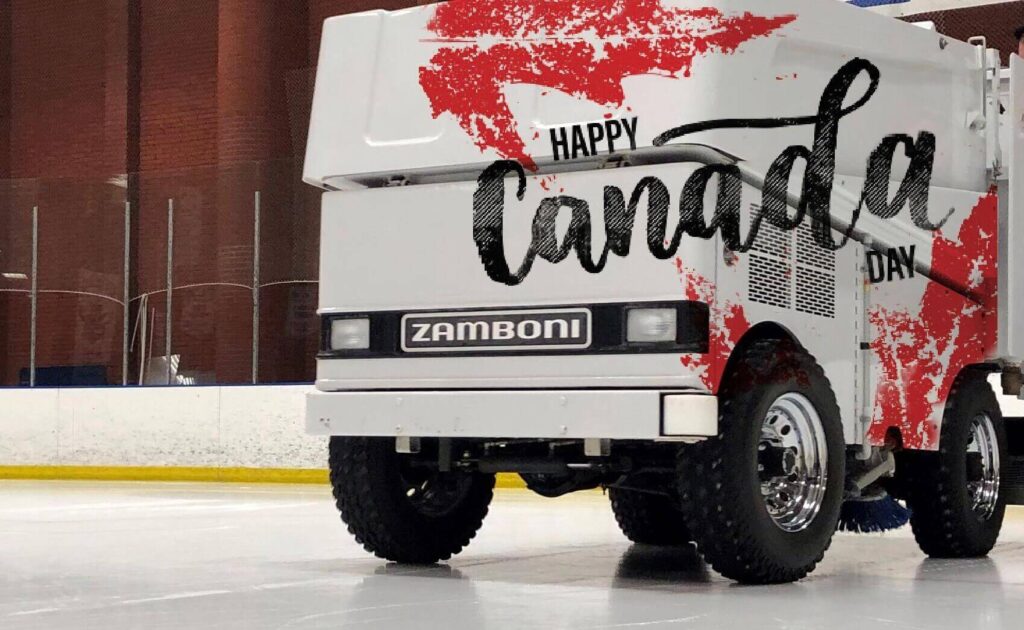
As it turns out, not all “Zambonis” are Zambonis. These devices are referred to as “ice resurfacers” in general.
Although Zamboni ice resurfacers are used all over Canada, the first Zamboni was actually created by an American named Frank J. Zamboni in 1949, and the Zamboni firm is headquartered in Paramount, California.
True Zambonis, however, are not Canadian, despite the fact that certain ice resurfacers may be. The information is now yours!
3. Beavertails
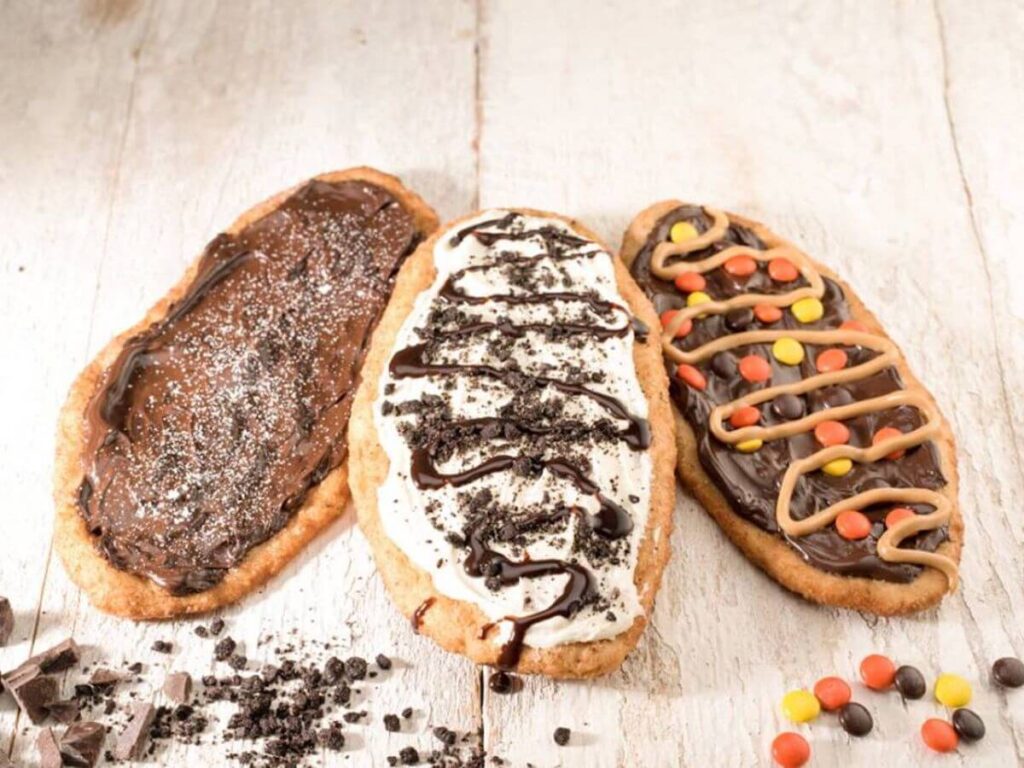
Nobody denies Beavertails’ Canadian citizenship, so don’t be concerned. The famous pastries that many Canadians are familiar with and like came from Ottawa, Ontario, and are now available across Canada and even abroad.
It’s possible that the concept behind the treat—a pastry made of fried dough that has been flattened and coated with sugar or other toppings—is not as uniquely Canadian as you would believe.
According to legend, the Navajo tribe of the southwest United States created a similar confection known as an Elephant’s Ear in 1864. It was initially known as frybread and was named for its flattened, spherical appearance.
Frybread, in the words of Smithsonian Magazine, “appears to be nothing more than fried dough — like an unsweetened funnel cake, but thicker and softer, full of air bubbles and reservoirs of fat.”
4. Beavers
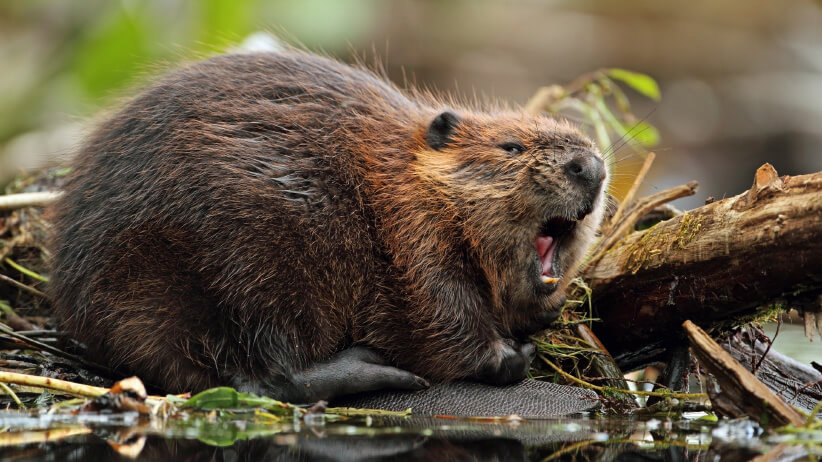
Even though the beaver is one of Canada’s national symbols, many people may not realize that it isn’t uniquely Canadian.
Beavers are widespread throughout the world, unlike species like the eastern wolf and wood bison, which are only found in Canada.
Except for a few U.S. deserts, all of North America is home to animals. There are even Eurasian beavers that may be found in southern Scandinavia, Germany, France, Poland, and central Russia.
5. Smarties
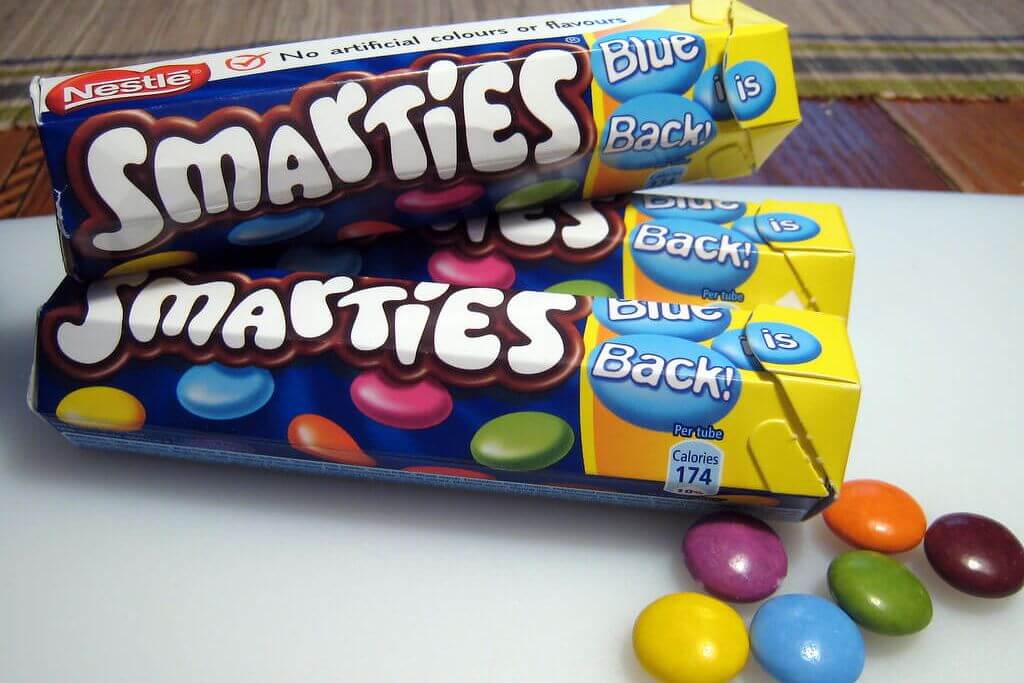
Many people consider smarties to be a traditional Canadian snack, but despite having some characteristics that are specific to our country, they aren’t quite what you might expect.
The British confectionery company H.I. Rowntree & Co. has reportedly been producing Smarties since 1882.
In 1988, Nestlé acquired the business and is still in charge of making chocolate candy today.
The idea that Smarties are Canadian may have originated from the fact that the same candy cannot be purchased in the U.S. across the border (the American version of Smarties is more similar to what Canadians would call Rockets).
Remember that this candy is actually from outside of town the next time you’re snacking on them or giving them out during Halloween.
6. Ginger ale
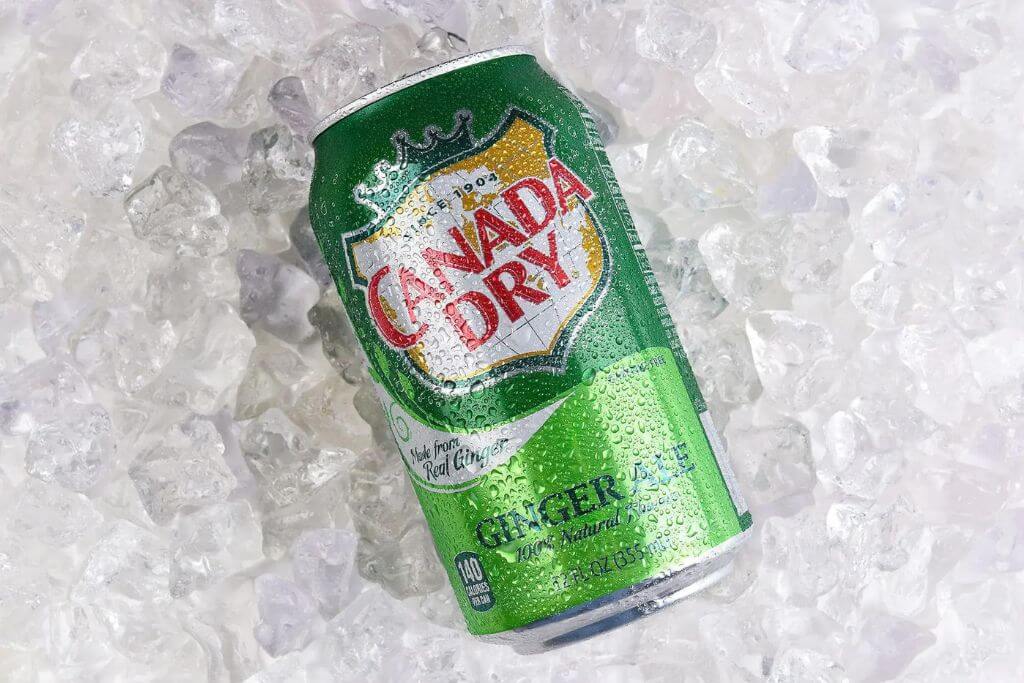
Although a lot of people would believe that ginger ale, a carbonated soft drink flavored with ginger, came from Canada, the truth is a little bit more nuanced.
Ginger ale originated in England, and Thomas Cantrell, an American living in Ireland at the time, is credited with developing the beverage into what we know today.
According to legend, Cantrell tried to make a ginger-flavored beverage in Belfast in 1852 that had less alcohol than ginger beer. He did this by mixing ginger flavoring, sugar, and carbonated water.
Canada Dry Ginger Ale, one of the most well-liked varieties of the drink today, was developed in 1904 by Canadian John J. McLaughlin in an effort to make the beverage less sweet and less syrupy than earlier versions.
As a result, even though Canada Dry is a Canadian product, ginger ale was not invented there. Sorry!
7. Hockey
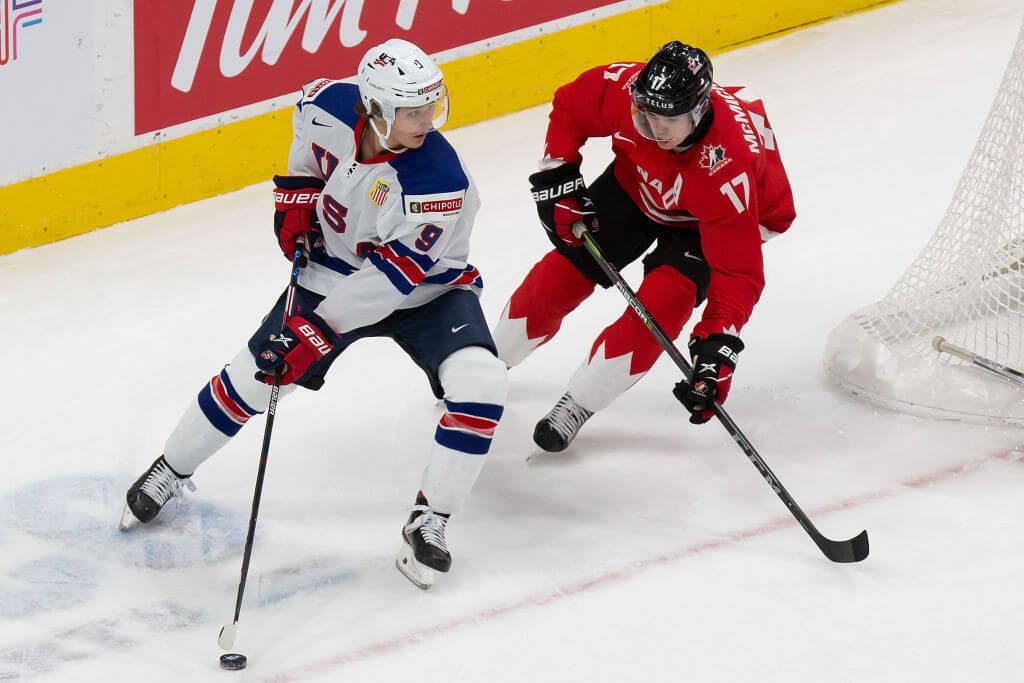
Hockey isn’t as Canadian as Canucks may believe, which may hurt some people’s hearts.
History claims that the game’s genuine antecedents are “murky” and may actually have originated with stick-and-ball games practiced in the Middle Ages.
A rudimentary variant of the game was played in Egypt 4,000 years ago, according to other documents, and there is proof that a similar game was played in ancient Greece.
Shinty, a game played on ice in Scotland in the early 1600s that may also have given to the word “shinny,” may have been a forerunner of the sport.
The Canadian Encyclopedia states that studies show that organized hockey games were initially played on skates in England.
Even the word “hockey” is thought to have been first used in a book called Youth Sports and Pastimes, which was published in England in 1773.
Despite all of this, hockey is credited for modernizing and becoming widely popular because it is Canada’s national winter sport.
Yet, remember that you might have someone from nearly 7,000 years ago to thank the next time you participate in, observe, or discuss the sport.
